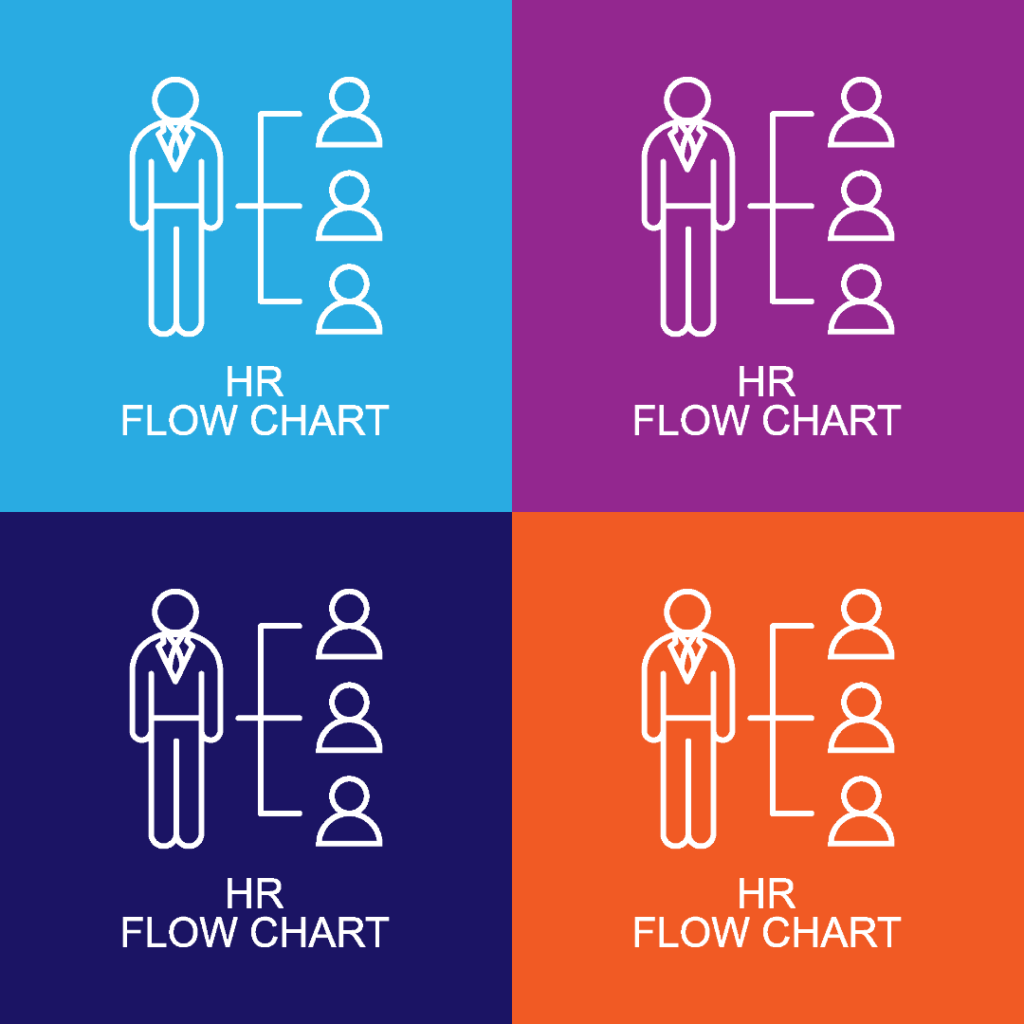What Are the Components of HRIS

Human Resource Information System (HRIS) or sometimes referred to as a Human Resource Management System (HRMS) is a digital system that automates and manages most, if not all, of the tasks pertaining to the human resources department.
There are a few variations to its definition, even in the meaning of the acronym where some insist that the “S” stands for software. But at its core, the definition is same as above.
It includes HR subtasks such as;
- Talent Pooling
- Recruitment
- Onboarding
- Scheduling
- Compensation and Benefits
- Legal Compliance
- Training
- Performance Assessment
- Employee Relations
A full-featured HRIS can do all, if not most, of the tasks listed above. It may change depending on vendor offerings and client needs.
What are the components of a Human Resource Information System
The different nature of tasks that the Human Resource Department (HRD) is responsible for reflects on the robust capabilities of an HRIS. The textbook processes digitized by HRIS are quintessentially still the same. The components are technical requirements to fulfill those processes and make it easier for all HR professionals and their stakeholders to do their job.
Database
Anything with an “information system” in its name has a database at the heart of it. Persistent storage is necessary to continuously manage and manipulate different types of data into analysis-ready or decision-ready information.
Modern cloud-based databases secure confidential information while making it accessible to authorized users on demand. There are other benefits to having a database, such as:
- Promote Data Integrity
- Reduce Process and Data Redundancy
- Improve Productivity
- Enhance Efficiency
- Reduce Cost
Databases take away over half of the administrative-related paperwork. But digital data retrieval is where it really shines. Databases and their inherent functions are vital to HRIS.
Recruitment and Onboarding
One of the most basic tasks of HRD is finding the right talents to join the organization. It is a daunting task to find that one person with the right attitude, experience, skillset, and at the right pay grade.
Recruitment can be a tedious and repetitive task. It is a perfect candidate for digitization and automation. HRIS does exactly that: it manages and tracks applicants from job posting to interview notes until hiring and onboarding. It makes use of analytics and artificial intelligence to sort through lots of documents of applicants to spot qualified candidates who match the job requirements. The pre-screening process becomes faster while producing more positive outcomes.
Time Tracking and scheduling
One data point that many companies keep track of are employee hours. A lot of companies depend on having someone watch the shop. It is the HRD’s responsibility to ensure that someone competent is on duty and there are managers present ensuring quality work.
It is also the HRD’s responsibility to keep track of their progress, and compensate them for their time and effort. Real-time tracking and monitoring of hours are integral functions of HRD, and by extension HRIS.
Payroll and benefits
A third party impartial machine doing timekeeping makes it easy to calculate and prepare payroll and compensation. It reduces the chances of clerical error and saves time.
Automating payroll and benefits by keeping them transparent to both the company and the employees themselves. The HRIS acts as the impartial processor, saving the HRD man-hours while keeping payroll up-to-date.
Employee interface and management
Speaking of transparency, another function of a good HRIS is an employee interface. Allowing limited access to employees to change their personal and financial information saves the HRD a lot of paperwork.
Allowing them to review their own performance and hours online also saves their direct managers a lot of time.
Talent management and training
Improving the skill set of your employees to keep up with the competition benefits the organization as a whole. It is also important to keep track of their increasing credentials and ongoing performance for review and promotion..
In a whitepaper report by the Society of Human Resource Management, it shows that almost all firms employ HRIS in some form or another. Modern HR is now about being an effective support back-office that impacts the company as a whole and not just a cost of doing business.
Competitive organizations squeeze efficiency from any part of a whole. Just like a Formula 1 car, every piece of machinery contributes to improving overall performance. HRIS manages one of the most important keys to corporate success: corporate talent. Improving ways to manage them effectively is part of the modern game. The days of the lifelong company employee is gone. Companies will need to compete for talent. Having state-of-the-art tools to hire and develop them improves your chances of being competitive on a global scale.